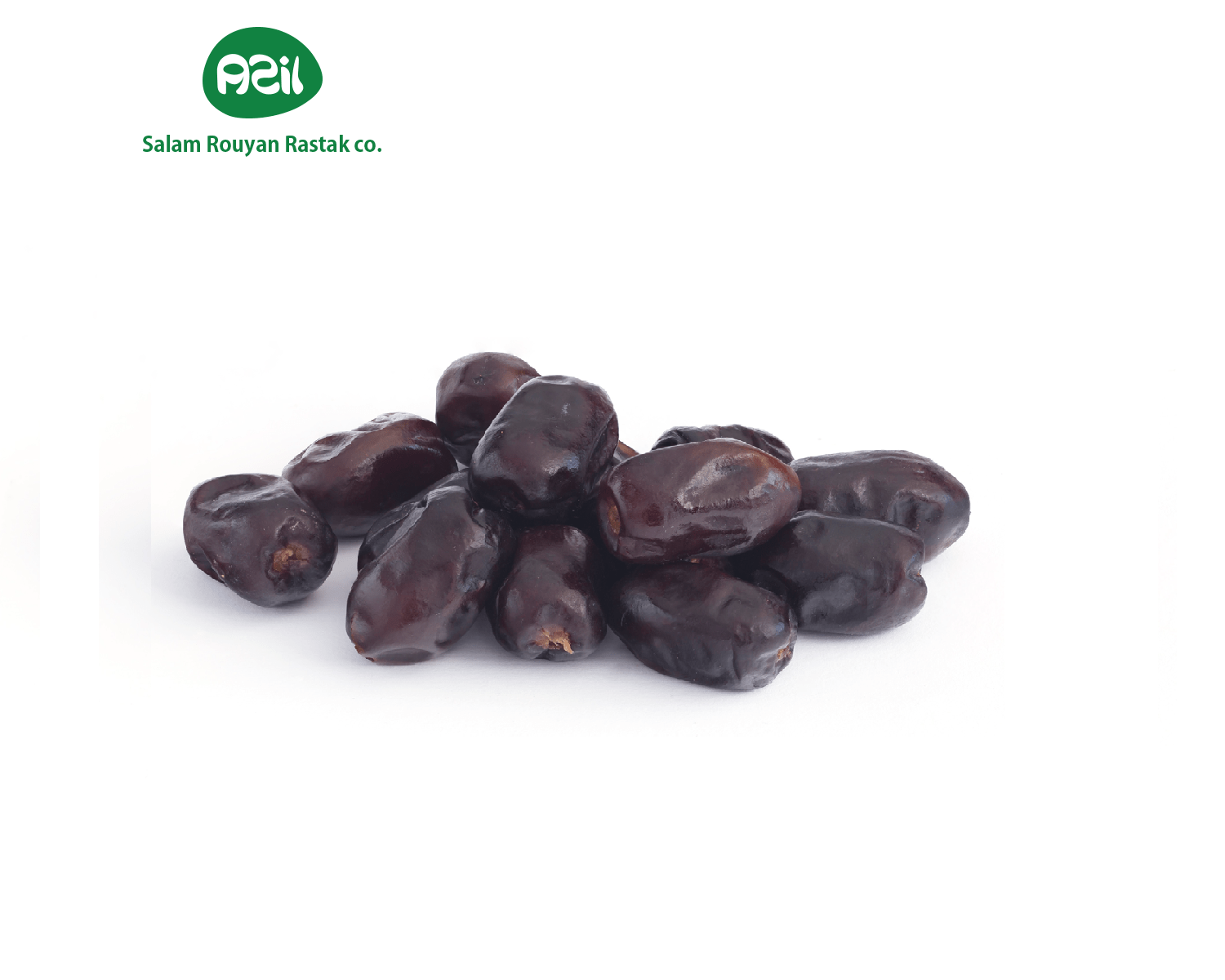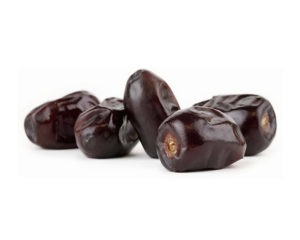Persian Fresh Dates in Ramadan Traditions
Persian fresh dates, with their juicy sweetness, are a cherished part of Iran’s Ramadan traditions. Known as “rotab,” these fruits are used to break the fast at iftar. For example, families pair them with tea to mark the end of daily fasting with nourishment. This article explores how Persian fresh dates enhance Ramadan practices, their cultural significance, and their health benefits. We’ll also dive into their cultivation, preparation, and global appeal. As exporters of saffron, nuts, and more, we share Iran’s finest rotab too. So, discover why these fruits are a Ramadan treasure, how they’re used in Persian iftar meals, and why they’re loved worldwide. Join us to explore this juicy gem and see what makes it a Persian tradition essential!
Introduction
Persian fresh dates bring a juicy sweetness to Iran’s Ramadan traditions, marking the holy monthwith nourishment and joy. Iranians call these fruits “rotab,” harvesting them from regions like Khuzestan, and they symbolize blessings during fasting. Families share this juicy gem at iftar to break their fast with care. We export saffron, nuts, and dates, but this isn’t just about trade—it’s about their role in sacred rituals. Therefore, this article explores how Persian fresh dates enhance Ramadan practices, their cultural significance, and their health benefits. Let’s uncover this sacred tradition!
Persian Fresh Dates at Iftar Meals
In Persian culture, families use Persian fresh dates to break their fast during Ramadan iftar meals. They often eat rotab first, following the Prophet’s tradition of starting with dates. For instance, many pair this juicy gem with a sip of tea for hydration. Also, they serve these fruits alongside nuts for a balanced start. This practice brings a sense of gratitude, so Persian fresh dates are an iftar favorite.
Rotab in Ramadan Desserts
Beyond iftar, rotab plays a key role in Persian Ramadan desserts. Families use Persian fresh dates to sweeten dishes like halva, offering a natural sugar source after fasting. They also stuff this juicy gem with walnuts for a simple Ramadan treat. Another recipe involves blending rotab into milkshakes for a refreshing dessert. These sweets often unite families after prayers, showcasing shared devotion. As a result, this juicy gem enhances Ramadan desserts across Iran.
How Farmers Cultivate This Juicy Gem
Farmers carefully cultivate this juicy gem to ensure it’s ready for Ramadan use. The process starts with planting date palms in spring, so fruits ripen by late summer. They pollinate the trees by hand to ensure a good yield. Then, they harvest rotab when they’re soft and juicy, just before fully drying. Finally, they store these fruits in cool conditions to maintain freshness. This method keeps Persian fresh dates perfect for iftar throughout Iran.
Preparing Persian Fresh Dates for Ramadan
Families prepare Persian fresh dates to shine in Ramadan traditions. For example, they wash rotab gently to preserve its juicy texture for iftar. They also chop this juicy gem into rice pudding for a sweet Ramadan dessert. Another method involves stuffing these fruits with almonds for a nutritious snack. Some even blend rotab with yogurt for a cooling iftar drink. Because of these preparations, this juicy gem elevates every Ramadan meal.
Health Benefits of This Juicy Gem
This juicy gem offers health benefits that suit Ramadan fasting. Persian fresh dates provide natural sugars, giving quick energy after a day without food. They also contain fiber, aiding digestion during iftar meals. Moreover, their potassium helps with hydration, a relief after fasting, per studies. Their iron supports blood health, essential during the holy month. Therefore, sharing rotab during Ramadan means adding wellness to every bite.
Cultural Significance of Rotab in Ramadan
In Iran, rotab holds deep cultural significance in Ramadan traditions. Using Persian fresh dates to break the fast symbolizes gratitude, a value rooted in Islamic teachings. Ancient customs mention this juicy gem in iftar meals to honor the Prophet’s Sunnah. Also, rotab often appears in charity baskets during Ramadan, representing generosity. In rural homes, these fruits signify spiritual renewal. Consequently, this juicy gem weaves tradition into Iran’s Ramadan practices.
Fresh Dates and Iran’s Ramadan Heritage
Iran’s Ramadan heritage thrives with this juicy gem. Farmers in Khuzestan grow Persian fresh dates, supporting communities who rely on them for iftar. Since they’re a sacred fruit, using rotab in Ramadan shows cultural pride. Bazaars buzz with sales of these fruits before the holy month, delighting families. We export saffron, nuts, and these treasures, connecting them to Persian heritage. Thus, this juicy gem remains a cornerstone of Iran’s Ramadan traditions.
Global Appeal of Persian Fresh Dates
Around the world, people embrace this juicy gem in their own Ramadan practices. Its natural sweetness makes it a favorite for global Muslims breaking their fast. For example, Middle Eastern families use Persian fresh dates in iftar meals, adopting Iranian traditions. Also, global markets sell rotab for Ramadan recipes, spreading its charm. In Africa, people include these fruits in suhoor for nourishment. Iran shares this juicy gem worldwide, so its Ramadan appeal grows.
Challenges with Using This Fruit
Using this fruit for Ramadan can face hurdles. Heat in Khuzestan, for instance, affects date palm growth, limiting supply for iftar. Pests like beetles sometimes damage trees, impacting quality. Additionally, storing Persian fresh dates to maintain juiciness takes careful handling. However, Iran ensures these fruits remain available for Ramadan traditions. This effort keeps the heritage alive despite challenges.
Opportunities to Share Ramadan Rotab
The future offers chances to expand these Ramadan traditions. This juicy gem in iftar kits could, for example, become a global trend for Muslim families. Creating rotab-based snacks for international markets is another idea. Furthermore, communities worldwide could buy these fruits online for their Ramadan meals, extending their reach. We’re committed to sharing these treasures for global traditions. So, these opportunities ensure this juicy gem has a sacred future ahead.
How to Choose the Best Persian Fresh Dates
Looking for the best rotab for your Ramadan meals? Check for a soft, juicy texture—they shouldn’t feel dry, ensuring freshness. Also, look for golden or reddish fruits, a sign of quality. Taste them for a rich, sweet flavor, perfect for iftar. Source them from us because we guarantee the best rotab for your needs. This way, you’ll have top-quality fruits for every Ramadan moment.
Fresh Dates in Global Ramadan Practices
Globally, this juicy gem enhances Ramadan practices in unique ways. In Iran, for instance, families use rotab to break their fast with tradition. Middle Eastern households add these fruits to Ramadan desserts for a sweet touch. In Asia, people include this juicy gem in suhoor meals, providing energy for fasting. You can also pair rotab with milk for a nourishing iftar. These practices show how Persian fresh dates bring meaning to global traditions.
The Future of This Juicy Gem in Ramadan
Looking ahead, this juicy gem will shine in Ramadan practices worldwide. New farming techniques can combat heat, so supplies remain steady for iftar. Also, people increasingly seek natural ingredients like rotab for their Ramadan meals. We’re ready to share this awesome fruit, along with saffron and more, for global traditions. Therefore, this treasure will remain a Ramadan favorite for years to come.
Conclusion
This juicy gem blends sweet flavor with the sacredness of Ramadan traditions in Iran and beyond. Its taste, cultural role, and health perks make it beloved in iftar meals. If you’re preparing for Ramadan, rotab invites you to add a Persian touch. We deliver Iran’s best with care, so you can trust our quality. Want to try it? Contact us to get this juicy gem for your next iftar. Let’s share this sacred delight together!


